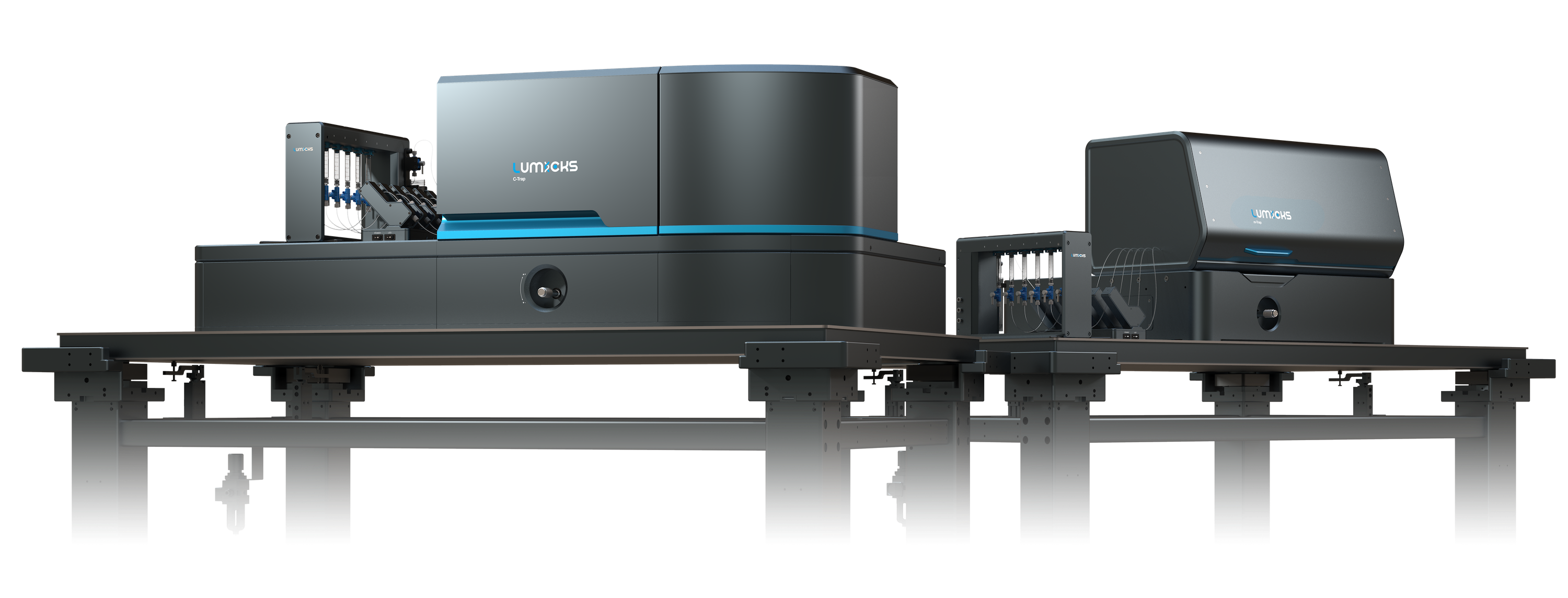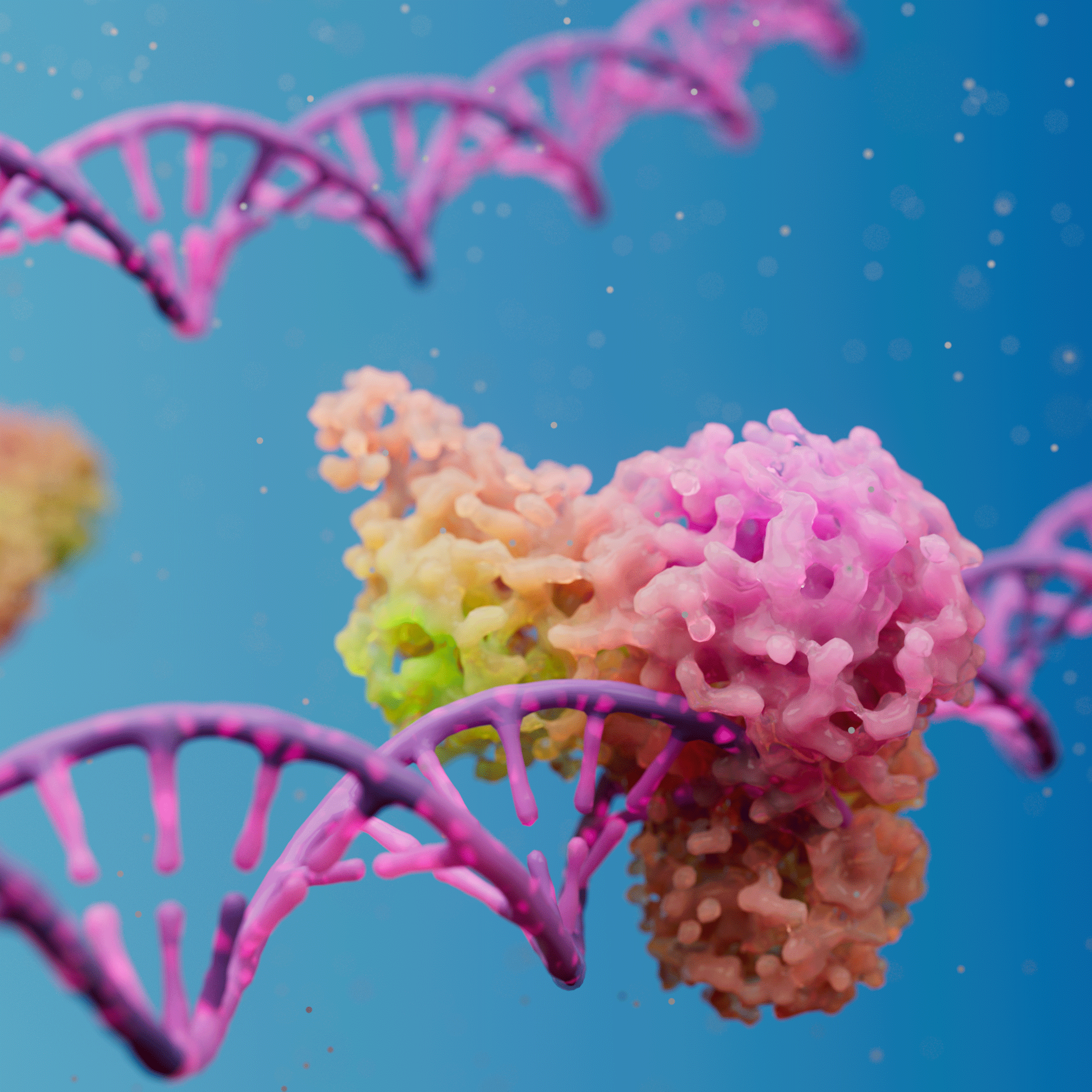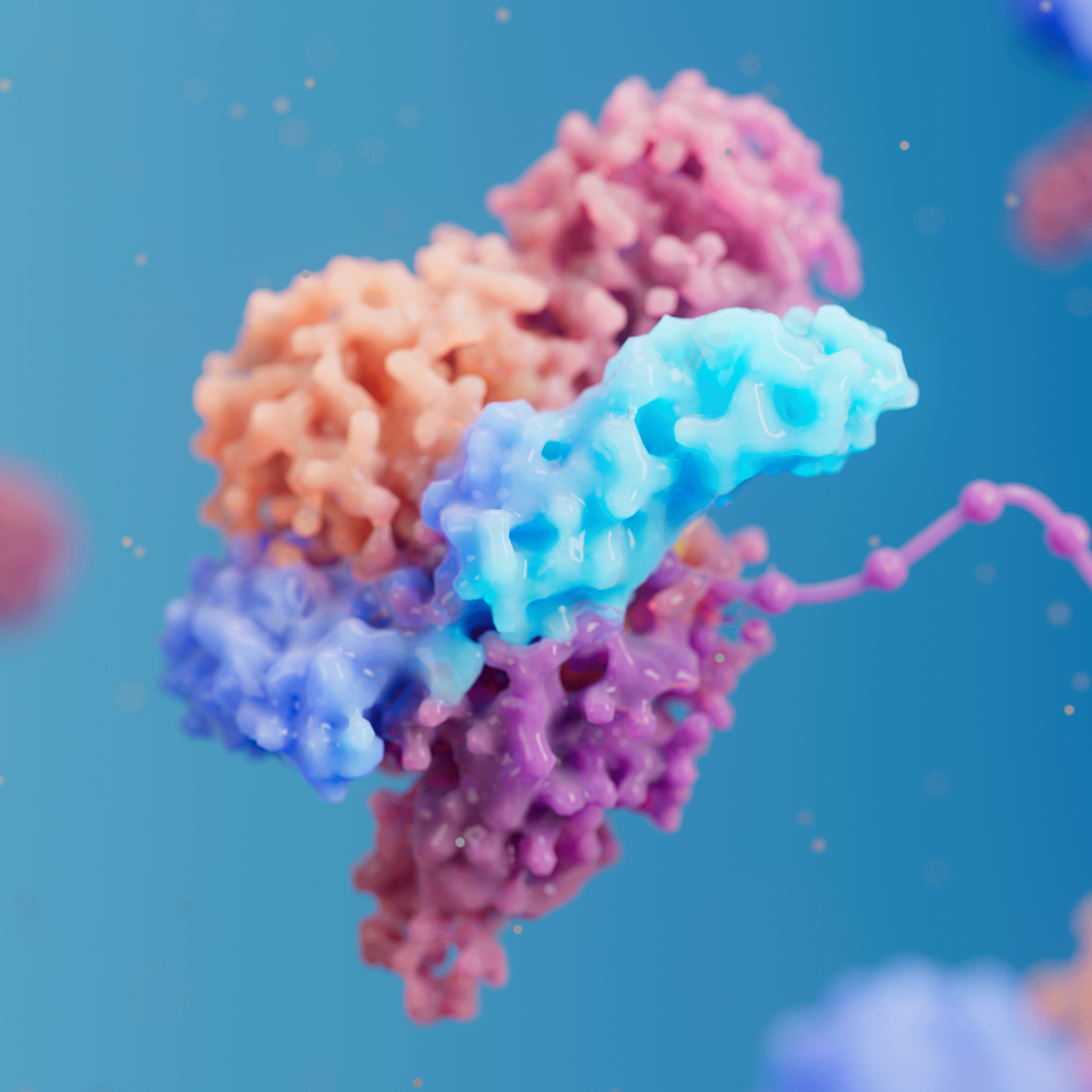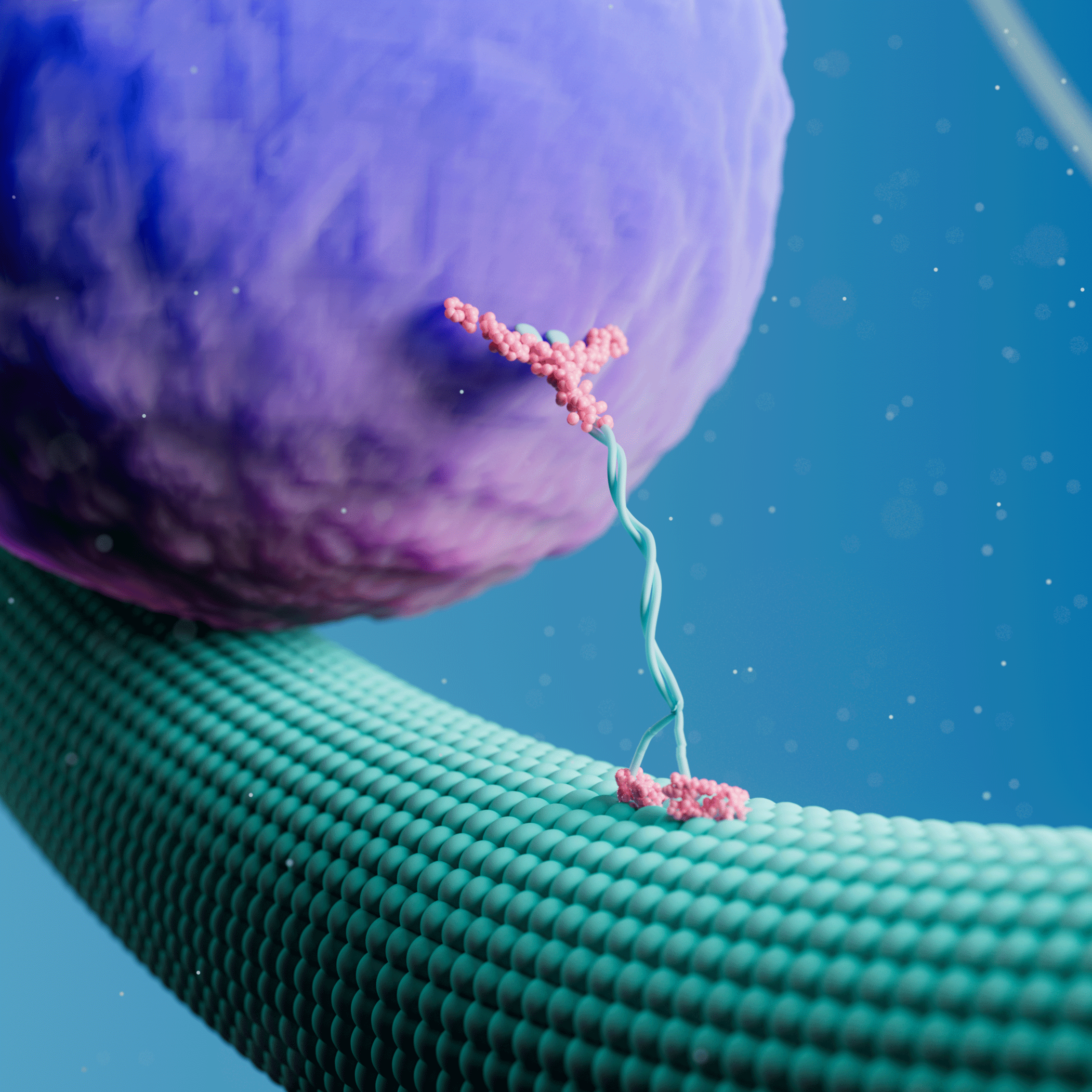Dynamic single-molecule analysis for new breakthroughs in biology
Revealing crucial insights never before available
What is dynamic single-molecule analysis?
A new approach that enables the full understanding of molecular mechanisms
All biological processes ultimately take place at the molecular level, all diseases arise at this level, and practically all drugs act at this level. Thus, there is an immense need to understand how these molecular interactions take place and dictate processes such as DNA repair, transcription, replication, and gene editing.
The challenge is that current life science tools used to investigate processes at the molecular level such as structural biology, bulk functional assays, cell imaging, and localization assays, give either detailed structural or dynamic functional information – but never both. The crucial and often complex mechanistic details of the underlying dynamic process of protein interactions are not revealed.

Unprecedented insights into the complex mechanistic details of interactions
Allowing simultaneous manipulation and visualization of single-molecule interactions in real-time
What if you could use an instrument that measures molecular properties and interactions while simultaneously recording and showing you the processes in real-time? A tool that can reveal the crucial and dynamic interactions taking place at the molecular level and gives you direct proof of the mechanisms involved. A tool that can provide an understanding of the root of disease development at the molecular level and accelerate therapeutic breakthroughs.
The unique ability to combine live visualization, manipulation, and force measurement at the smallest molecular scale, leads to single-molecule imaging and base-pair resolution measurements of the interactions between biomolecules. Taken together, this provides – for the first time – the crucial dynamic and functional mechanistic information that is complementary to molecular structure, bulk functional assays, and cell imaging.
Explore the research applications
Study molecular mechanisms involved in DNA organization, repair, replication, editing, and transcription.
Study how proteins fold correctly and undergo conformational changes to accomplish their biological function.
Cytoskeletal structure and transport
Study the activity and mechanical properties of cytoskeleton filaments and their motors.
Phase separation & Mechanobiology
Measure protein droplet assembly, fusion, and droplet or cellular properties in real-time.
LUMICKS empowers researchers
Customer insights
-
Delft University of Technology
Professor in the Bionanoscience
Department“We use [single-molecule techniques] to look at mechanical properties at the molecular level, which we correlate to mechanics at the cellular level.”
-
University
of CopenhagenResearch Director and Group Leader at Novo Nordisk Foundation Center for Protein Research
“Using single-molecule [techniques], you can see the different conformations of molecules, the complementation of these techniques can help us to understand these intermediated states, which is essential to understanding the protein complexes.”
-
Vrije Universiteit
AmsterdamProfessor of Physics and Living Systems, Director of LaserLaB
“I think that single-molecule has really [taught] us how molecular machines work, that has been the biggest breakthrough.”
-
Northeastern
UniversityProfessor and Department Chair of Physics
“Forces allow you to provide a perturbation to the system to get it to do things it does only rarely and understand the whole energy landscape of the interaction you’re trying to study.”
Unlocking experiments in a whole new dimension
Our solutions

C-Trap®
Unparalleled Optical Tweezers – Fluorescence & Label-free Microscopy
The C-Trap is the world’s first instrument to allow simultaneous manipulation and visualization of single-molecule interactions in real-time.
It combines high-resolution optical tweezers, fluorescence and label-free microscopy with advanced microfluidics system in a truly integrated platform.
m-Trap®
Optical Tweezers
The m-Trap is the first entry-level optical tweezers instrument specifically developed for high-resolution single-molecule research.
It combines ultra-high force resolution and stability, with incredible throughput, ease of use, and modularity – all at an unprecedented price level.










